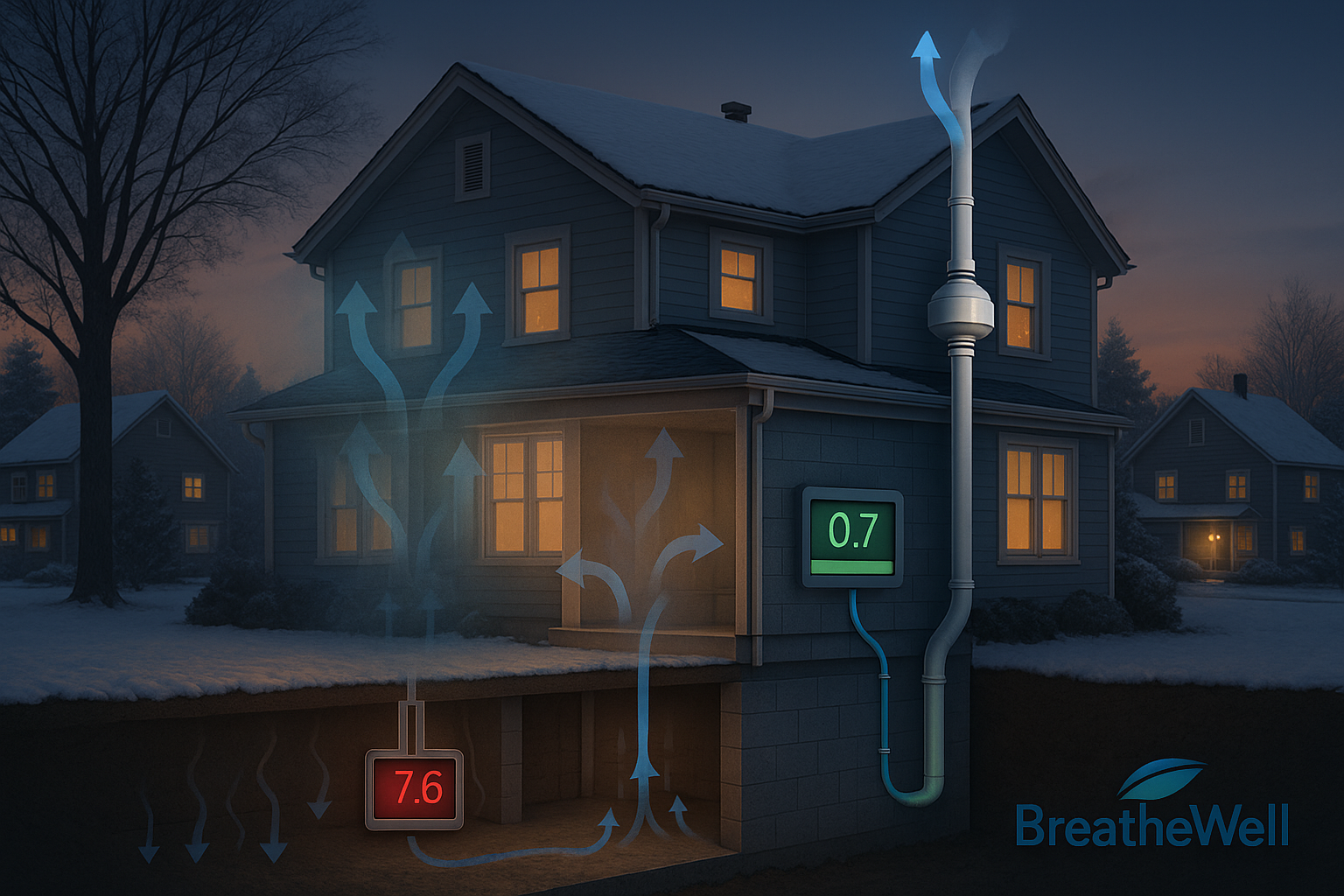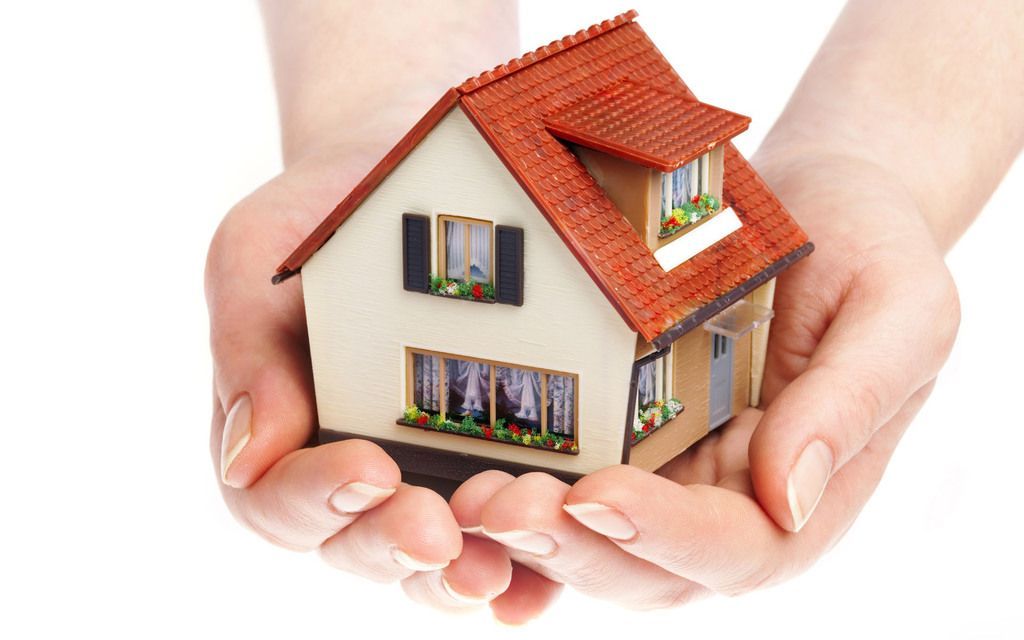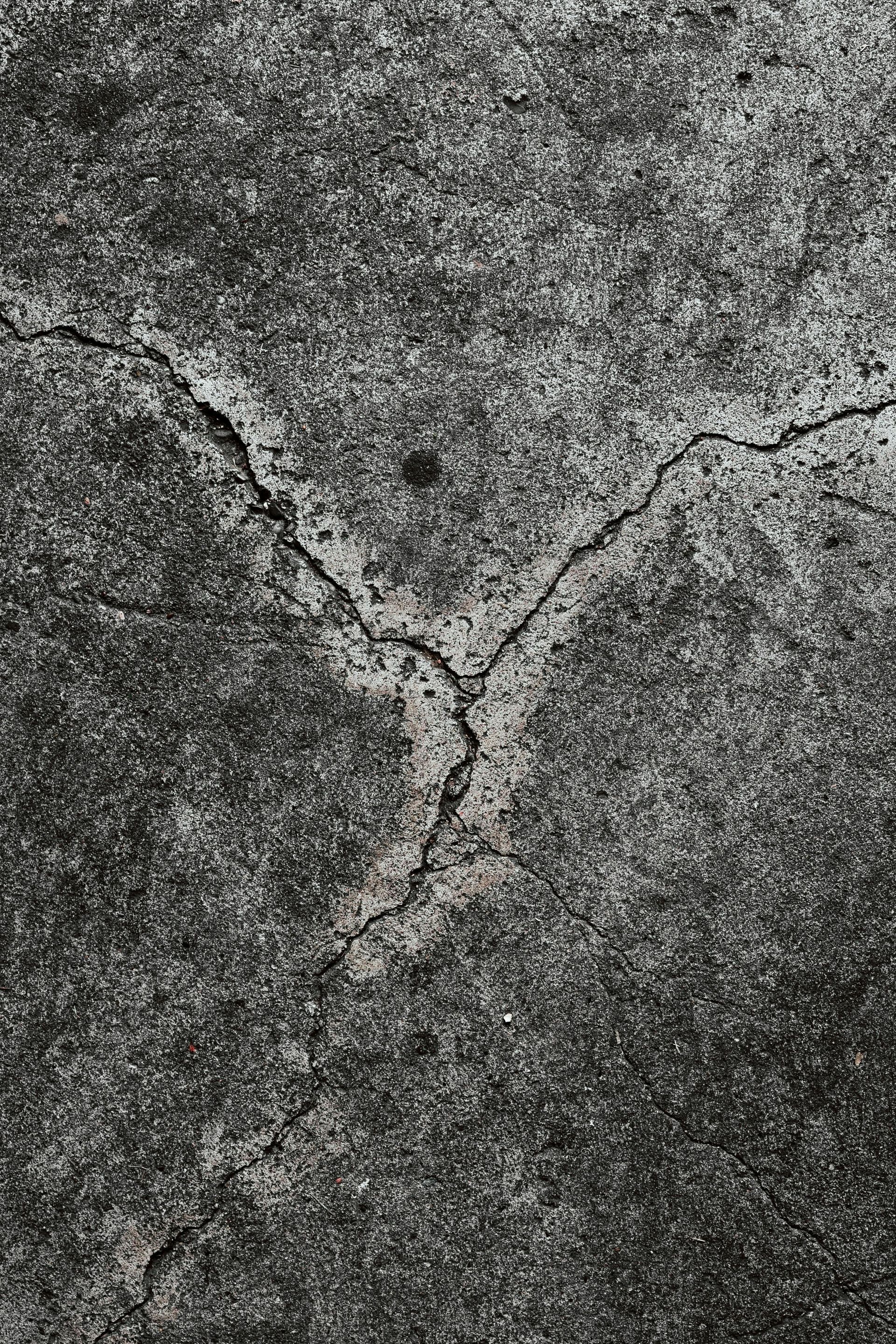Passive vs Active Radon Systems: Why Many Homes in Madison Need an Upgrade
Radon is a dangerous, naturally occurring gas that comes from the breakdown of uranium in the soil. It’s invisible, odorless, and can enter homes through tiny cracks and openings in the foundation. Unfortunately, Madison and the surrounding areas of Dane County are known for having some of the highest radon levels in the United States. That means even families who live in newer homes may be at risk.
Many modern homes in Madison are built with passive radon systems. While these systems are a step in the right direction, they often fall short of delivering the reliable protection homeowners expect. In most cases, the safer option is to upgrade to an active radon mitigation system that works around the clock to keep radon levels low.

What Exactly Is a Passive Radon System?
A passive radon system is typically installed during the construction of a home. Builders place a PVC vent pipe that runs from beneath the foundation up through the roof, and they may seal obvious cracks in the slab. The idea is that natural airflow and pressure differences will allow radon gas to escape through the pipe before it accumulates indoors.
The problem? Passive systems don’t include a fan. They rely entirely on unpredictable natural forces like wind, temperature differences, and barometric pressure.
The Issue with Passive Systems in Madison
Madison’s geology creates a significant challenge for passive systems. The soil in southern Wisconsin contains high uranium deposits, which means radon gas is constantly being released. Add in seasonal changes — like harsh winters that create strong pressure differences — and passive systems often can’t keep up.
The result is that many homes with passive systems in Madison still test above the EPA’s action level of 4.0 pCi/L, leaving families unknowingly exposed.
What Is an Active Radon Mitigation System?
An active system builds on the same basic structure as a passive system but adds one key feature: a radon fan. This fan creates continuous suction, pulling radon from beneath the foundation and venting it safely above the roofline.
Benefits of Active Systems:
- Consistent Protection: The fan operates 24/7, regardless of weather or pressure changes.
- Lower Radon Levels: Active systems can reduce radon levels by 80–99%.
- Health and Peace of Mind: Families can breathe easier knowing the system is working all the time.
Think of it this way: a passive system is like hoping an open window will cool your house. An active system is like having a reliable air conditioner that runs as needed.
Why Many Madison Homes Need Upgrades
Even if your home already has a passive system, there’s no guarantee it’s doing its job. In fact, studies in Dane County have shown that the majority of passive systems fail to reduce radon to safe levels.
Several factors contribute to this problem:
- Soil composition: High radon-producing soils are common in the Madison area.
- Weather patterns: Cold winters and humid summers affect how radon enters homes.
- Home design:
Energy-efficient construction can trap radon indoors more easily.
For many Madison families, the safest and most effective choice is to upgrade to an active system.
How to Know If You Need an Upgrade
The only way to know if your home is safe is through professional radon testing. At
BreatheWell Radon Solutions, we use precise equipment to measure radon levels in your Madison home. If levels are above the EPA’s guidelines, our team can upgrade your existing
passive system to an active system quickly and efficiently.
Protect Your Madison Home and Family
Radon exposure is a serious health risk, but the solution doesn’t have to be complicated. By upgrading from a
passive to an active system, you can safeguard your family’s health and gain peace of mind.
Ready to work with BreatheWell Radon Solutions?
If testing has shown your Madison home has elevated radon levels, the next step is clear: mitigation.
Every day you wait is another day of unnecessary exposure.
Call:
(608) 820-8394
Email:
breathewellmadison@gmail.com



